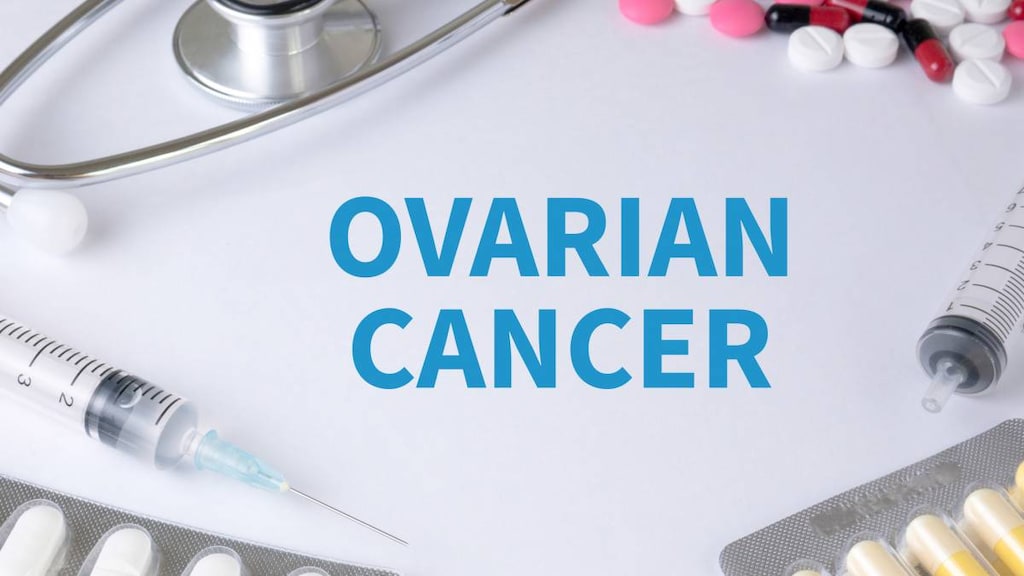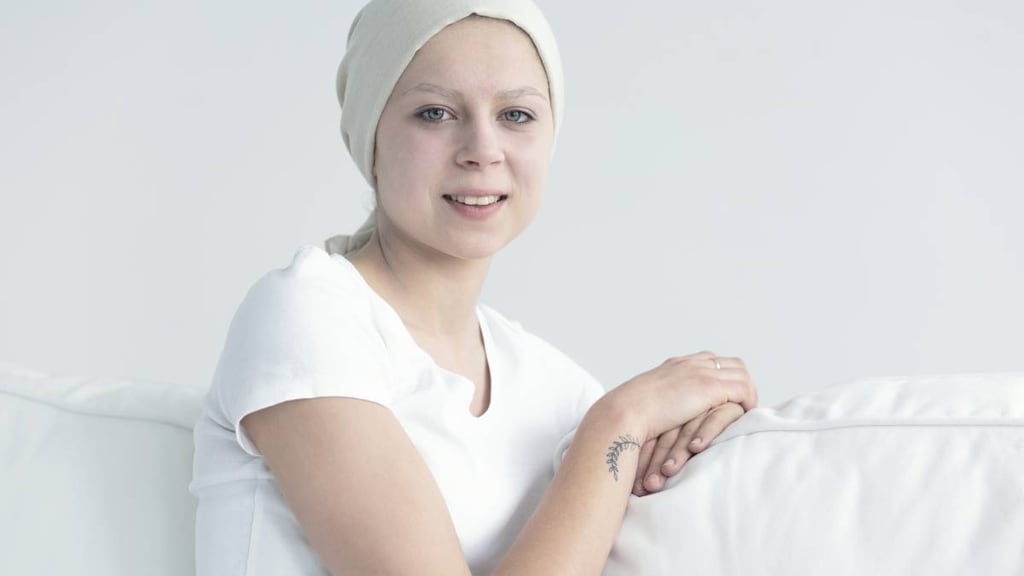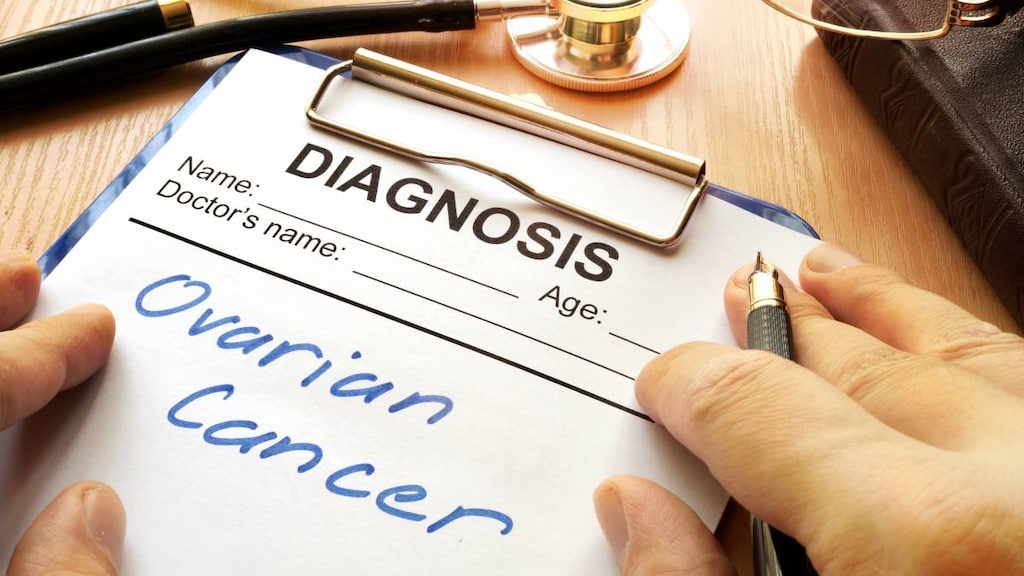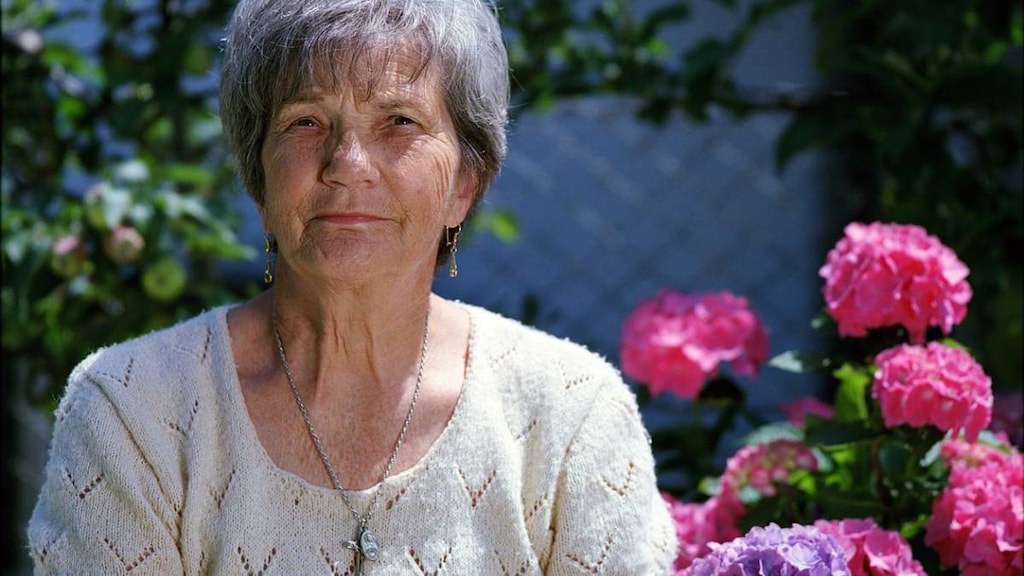Ovarian Cancer Treatment Options

After an ovarian cancer diagnosis, you will be offered different treatment options, based on the stage of your cancer. If the cancer was found in its earlier stages, your treatment choices may be straightforward because surgery followed by a short-course of chemotherapy may be the only treatment that's needed. However, only about 20 percent of women diagnosed with ovarian cancer are diagnosed in early stages, according to the American Cancer Society (ACS).
If, like most women with ovarian cancer, your disease is diagnosed at a later stage, you'll have more complex treatment options to discuss with your doctor, each with its own chances of success. The type of treatment available to you will depend on the type of ovarian cancer you have, as well as what stage it is.
Your doctor can help you learn more about each ovarian cancer treatment option, as well as what the ovarian cancer treatment success rate might be. Take notes during your appointment or bring a friend to do it for you.
Following is a primer to help you sort through your ovarian cancer treatment options.
Ovarian cancer surgery
Surgery for ovarian cancer is done to determine the stage of the disease and to remove as much of the cancer as possible. Your doctor may describe this as "tumor debulking." The surgery is often performed by a specialist called a gynecologic oncologist.
If ovarian cancer is in the early stages, surgery can often remove all of the cancer. Still, early stage cancers are often treated with chemotherapy after surgery to make sure any remaining cancer cells are destroyed.
In more advanced ovarian cancers, surgery is typically the initial treatment and may then be followed by chemotherapy and other types of treatment.
Ovarian cancer surgery usually includes removing the uterus (hysterectomy), both ovaries and fallopian tubes and a layer of tissue that surrounds the abdominal organs (omentum). Other tissues in the pelvis and abdomen as well as lymph nodes may also be removed. Fluid that's in the abdominal cavity is removed, too. All these tissues will be carefully checked for the presence of cancer cells, according to the National Cancer Institute (NCI).
For women who would still like to try to have children, the surgeon will remove only the affected ovary and fallopian tube, when possible.
Side effects
After surgery, pain medication can help ease your discomfort. You may need to stay in the hospital for several days. Women can often return to their normal activities within several weeks.
For women who haven't gone through menopause, removing the ovaries will immediately bring on menopause. Possible symptoms include hot flashes, vaginal dryness and night sweats. These symptoms will diminish in time, though medications may help women cope, states the Ovarian Cancer Research Alliance (OCRA).
Ovarian cancer chemotherapy
Ovarian cancer treatment often includes surgery followed by chemotherapy. Debulking surgery should generally be followed by six cycles of chemotherapy for the best outcome, according to OCRA. Chemotherapy is used to kill any remaining cancer cells that weren't visible during surgery.
Chemotherapy can be given in two ways:
- Systemic. In systemic chemotherapy, the drugs are given by mouth or injection. These medications reach the whole body, states the NCI.
- Regional. In ovarian cancer, chemotherapy drugs may be delivered directly to the abdomen. This is called intraperitoneal chemotherapy. The peritoneal cavity is the area containing all the abdominal and pelvic organs. In this approach, chemotherapy drugs are administered into the peritoneal cavity via a thin tube.
A special type of regional chemotherapy is currently being tested. After surgery, warmed chemotherapy drugs are delivered to the peritoneal cavity to bathe all the organs and destroy any cancer cells. This is called hyperthermic intraperitoneal chemotherapy, according to the NCI.
A chemotherapy regimen may include one drug or a combination. It's also possible to have a combination of systemic and intraperitoneal chemotherapy.
Sometimes, chemotherapy is given before surgery. This may help shrink a tumor before the operation. This is known as neoadjuvant chemotherapy.
Side effects
Women may experience a number of side effects from chemotherapy. These include fatigue, hair loss, nausea, vomiting, increased susceptibility to infections, a shortage of certain blood cells, diarrhea or constipation, loss of appetite, forgetfulness, an inability to concentrate and nerve problems such as numbness in hands and feet.
Medications can help some of the side effects of chemotherapy. So can certain lifestyle changes. Smoking makes some of these side effects worse, so quitting smoking can help along with improving general health. Drinking plenty of water and taking a shower daily can help stave off infections. Exercise, like walking or gentle yoga, can help you maintain or boost energy levels, but be sure to check with your doctor first. Complementary therapies, such as massage and acupuncture, may help with nerve problems and other side effects.
Ovarian cancer targeted therapy
These are medications designed to keep cancer cells from growing or to keep cancer cells from spreading. These drugs specifically target the cancer cells, lessening the chance of damaging healthy cells. Some examples of these medications include bevacizumab (Avastin), olaparib (Lynparza), rucaparib (Rubraca) and niraparib (Zejula), according to the ACS.
Doctors will run additional tests to try to match targeted therapies as closely as possible to an individual cancer's genetic profile.
Targeted therapies may also be used to reduce the chances of a cancer coming back, which is called a recurrence, according to the American Society of Clinical Oncology (ASCO). This is called maintenance therapy.
Ovarian cancer radiation
Radiation therapy uses high-energy X-rays that can be given from outside the body (external beam radiation). The procedure is similar to having a standard X-ray. In general, radiation therapy isn't considered a first-line treatment for ovarian cancer in the United States as chemotherapy is generally more effective for ovarian cancer, the ACS states. However, radiation therapy may be used to target other areas of the body. This type of radiation treatment often requires daily appointments for a number of weeks.
Internal radiation, also called brachytherapy, is another type of radiation therapy for ovarian cancer. For this, radioactive seeds or pellets are placed in the body, near the cancer, and left there to destroy the cancer cells. But this type of radiation isn't often used for ovarian cancer.
Side effects
Fatigue, reddened skin, nausea and diarrhea are possible side effects from radiation therapy.
Alternative treatments for ovarian cancer
While they're not alternatives to cancer treatment itself, some complementary or integrative therapies may help ease side effects.
Massage and acupuncture, for instance, can be helpful for nerve issues like numbness and tingling. Ginger may help ease nausea. Other alternative remedies to consider include herbal products such as teas, vitamins, special diets and meditation.
However, be sure to check with your doctor before taking any supplements, vitamins or herbal preparations or teas. Some of these have the potential to interact with your cancer treatment.
Ovarian cancer treatment success rates
The estimated average five-year survival rate for women with any type of ovarian cancer is 47 percent, according to ASCO. It's important to remember that existing five-year survival rate figures are just estimates, and they're generally not based on statistics that reflect newer treatments.
Younger women (those under 65) have significantly better odds. At five years, 60 percent of younger women are still alive. The odds for women over 65 aren't as promising. Five-year survival for women over 65 with ovarian cancer is only 30 percent. Black women have lower five-year survival rates than other women in the same age group, ASCO states.
For women diagnosed when ovarian cancer is only in the ovaries and fallopian tubes, five-year survival estimates are much higher, at 92 percent. Researchers have also seen an encouraging trend in survival lately. From 2007 to 2016, the ovarian cancer death rate dropped by about 2 percent a year.
Article references
- American Cancer Society, Can Ovarian Cancer Be Found Early? https://www.cancer.org/cancer/ovarian-cancer/detection-diagnosis-staging/detection.html
- U.S. National Cancer Institute, Ovarian Epithelial, Fallopian Tube and Primary Peritoneal Cancer Treatment (PDQ) - Patient Version https://www.cancer.gov/types/ovarian/patient/ovarian-epithelial-treatment-pdq#_156
- American Cancer Society, Ovarian Cancer Surgery https://www.cancer.org/cancer/ovarian-cancer/treating/surgery.html
- Ovarian Cancer Research Alliance, Surgery https://ocrahope.org/patients/about-ovarian-cancer/treatment/surgery/
- Ovarian Cancer Research Alliance, Treatment https://ocrahope.org/patients/about-ovarian-cancer/treatment/
- American Society of Clinical Oncology, Ovarian, Fallopian Tube, and Peritoneal Cancer: Types of Treatment https://www.cancer.net/cancer-types/ovarian-fallopian-tube-and-peritoneal-cancer/types-treatment
- Ovarian Cancer Research Alliance, Chemotherapy Side Effects https://ocrahope.org/patients/about-ovarian-cancer/treatment/chemotherapy-side-effects/
- American Cancer Society, Targeted Therapy for Ovarian Cancer https://www.cancer.org/cancer/ovarian-cancer/treating/targeted-therapy.html
- American Cancer Society, Radiation Therapy for Ovarian Cancer https://www.cancer.org/cancer/ovarian-cancer/treating/radiation-therapy.html




